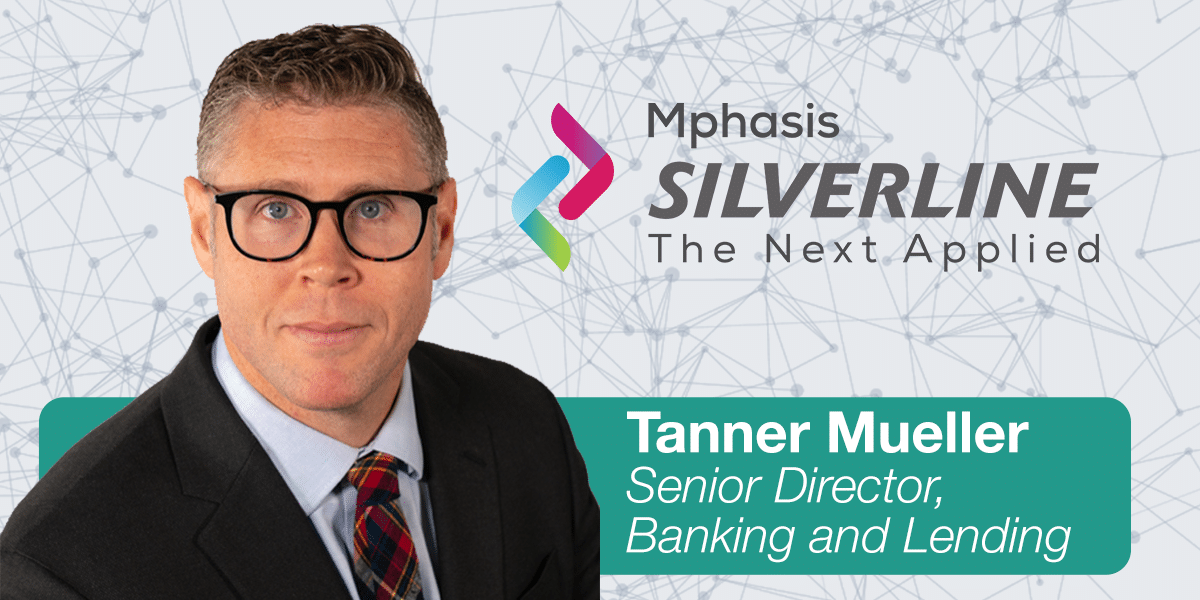Fraud continues to plague financial institutions. According to the Alloy State of Fraud Benchmark Report, a massive 91% of financial institutions across all sizes and segments reported increased fraud rates. Almost three-quarters of financial institutions lost over $500K to fraud in the past year.
And while 67% of financial institutions have over half their workforce working on fraud-related activities, fraud and all its effects will likely endure for the foreseeable future. The fraud threats on the horizon that financial institutions are most concerned about are synthetic identity fraud (24%), application fraud (21%), and business emails being compromised (19%).
The good news is that there are steps that financial institutions can take to mitigate fraud. Here, we share how to prevent bank fraud by leveraging Salesforce and Alloy, an identity risk management platform, to future-proof against fraud and what to do when it happens to your financial institution.
Fraud detection throughout the customer lifecycle
The financial services fraud landscape should encompass the entire customer lifecycle from onboarding through ongoing monitoring and beyond. Companies that offer financial products need to ensure verification at every stage from end to end with a scalable platform for identity risk.
These are the main stages of the customer lifecycle that financial institutions should use as an opportunity to catch potential fraud:
Onboarding: Initially, a financial institution verifies and assesses their financial customers as they sign up. Onboarding includes using a company like Plaid to securely connect a customer’s financial accounts to the fintech services they choose. Many of Silverline’s clients already use Plaid to prevent fraud and improve security.
Ongoing monitoring: This phase involves transaction screening and transaction monitoring to see if certain accounts or transactions are fraudulent. It must be done in real time because it is harder to pull money back in after it has been transferred and left your bank.
Changes to PII: As part of account maintenance, banks will see customers making changes to their personal identifiable information (PII), such as changing a last name, address, email, or account owner. This is an opportunity to re-check a customer to make sure they are who they say they are before the change is made.
Credit underwriting: When a customer applies for credit, it is critical to identify potential fraud. Financial institutions should not only verify who the person is but also validate their employment, income, and other factors for suspicious activity.
Step-ups and interdiction: This phase is when a customer applies for an account and is asked for authentication with questions such as where they were born or their mother’s maiden name to verify their identity. Financial institutions should focus on thoughtful questions for the specific applicant and not turn it into a game of 20 questions. Automatically verify answers behind the scenes using data from third-party public data sets.
Overall, these phases of the customer lifecycle should be seamless, automatic, and not prohibitive to your customers’ experience. Customer satisfaction with financial institutions’ fraud initiatives tends to lay in a gray area. You want your customers to be happy that the institution is investigating possible fraud but not annoyed when they feel every little move is being flagged.
How to track and decision on any customer action
Multiple methods are available for transactions from ACH and wire transfers to Venmo and Zelle that people use every second in their daily lives. All these digital touch points have money moving around constantly in real-time and open up a lot of risk for fraud.
Let’s look at how you can track and decision on a customer and ensure every single customer action, including transactions, logins, and account changes, is legitimate and does not carry risk for your portfolio.
Let’s say Cathy Customer applies for a bank account on her mobile device at Super Savings Bank. The bank approves Cathy based on a full KYC, AML, and fraud assessment. Cathy then funds her Super Savings account from her existing bank account, and the behavior is verified as normal and given a risk rating.
Cathy then moves and needs to change her address. Super Savings verifies the new address and checks for any possible account takeover – essentially re-onboarding Cathy to the extent it makes sense for the bank’s risk and compliance policies. Cathy then decides to buy a new car and makes a big wire transfer. Super Savings verifies her deposit for risk based on fraud indicators. It decides to allow the car transaction to go through, and Cathy has a positive experience knowing that her bank is on the lookout for fraud.
Minimize future rates of fraud
The Alloy report cites that at onboarding, the top tools that a financial institution is likely to use to detect fraud are document verification (61%), behavioral biometrics (48%), and selfie verification (48%). On an ongoing basis, they use multi-factor authentication (54%), ML and AI (51%), and transaction monitoring (49%).
Once the suspected fraud is identified, few financial institutions hold payments (16%) or lower payment limits (21%). Instead, they will likely respond by leaning heavily on more client-friendly step-up options like document verification (63%) and phone-centric verification (49%) once fraud is detected.
Silverline recommends these platforms and tools to help future-proof financial institutions against fraud:
- Alloy: A global Identity Decisioning Platform that helps banks and fintech companies automate their decisions for onboarding, transaction monitoring, and credit underwriting. Its API acts as a middleware between public and private data sources.
- Digital Account Opening Accelerator: Built for Salesforce Financial Services Cloud, the Accelerator completely automates the digital account opening process, including decisioning for fraud checks and reviews.
Find out how Silverline can help your financial institution mitigate fraud.




